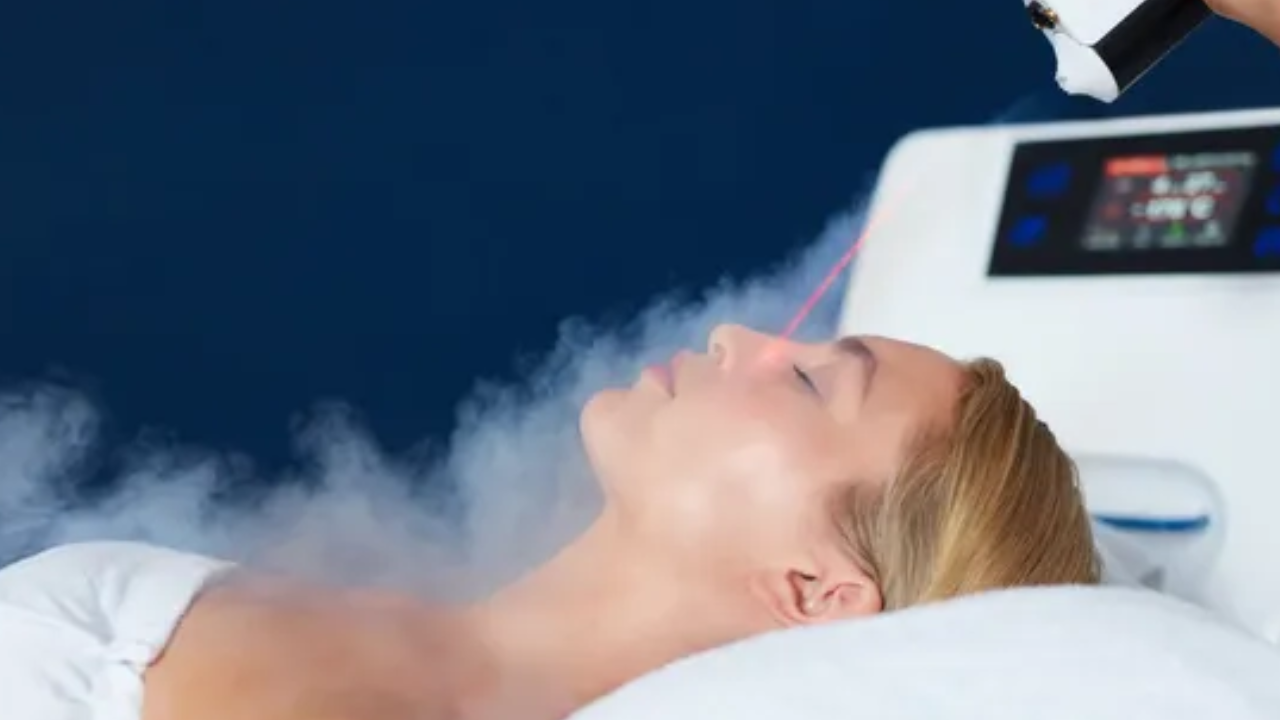Physiological processes are improved and cellular activity is stimulated by the use of particular red or near-infrared light wavelengths in promotion of red light treatment, sometimes referred to as photobiomodulation therapy (PBMT). This non-invasive therapy mainly targets the mitochondria of cells, encouraging higher synthesis of adenosine triphosphate (ATP), the cellular energy currency.
The treatment has anti-inflammatory effects, enhanced blood flow, collagen synthesis, and ant oxidative advantages. To get more info about red light treatment must visit our website. In a variety of settings, including pain, inflammation, wound healing, and skin rejuvenation, photodynamic treatment has demonstrated potential. Promodulation red light treatment is at the forefront of cutting-edge methods for enhancing health.
How Does Red Light Therapy Improve Sleep?
Red light treatment has demonstrated promise in enhancing the quality of sleep. By altering melatonin production, exposure to particular red or near-infrared light wavelengths might disrupt circadian rhythms. One hormone that is essential for controlling sleep-wake cycles is melatonin. Red light therapy has the potential to assist balance circadian rhythms, which would facilitate falling asleep and encourage deeper, more restful sleep. Furthermore, by lowering inflammation and stress, this therapy can promote general relaxation and improve sleep quality.
Working Of Red Light Photobiomodulation Therapy
Low-level laser treatment (LLLT), also referred to as red light therapy or red light photobiomodulation therapy (PBMT) has gained significant attention due to its possible therapeutic effects for a variety of medical ailments.
Cellular Response to Light
The center of the red light the interaction of light and cells is known as PBMT. Certain light wavelengths can be absorbed by photoreceptors found in cells, such as cytochrome c oxidase. The “therapeutic window,” or range of light wavelengths that successfully enter tissues without causing injury, includes the red and near-infrared wavelengths employed in photobiomodulation therapy (PBMT).
Mitochondrial Stimulation
Red light therapy’s main target is the mitochondria, sometimes known as the cell’s powerhouse. To produce energy through oxidative phosphorylation, mitochondria are essential. One important enzyme in the respiratory chain of the mitochondria, cytochrome c oxidase, absorbs red light, especially that which is between 600 and 1000 nanometers in wavelength.
Enhanced Cellular Function
Photobiomodulation remedy (PBMT) complements cell function by delivering red or near-infrared light to mitochondria. This stimulates accelerated adenosine triphosphate (ATP) manufacturing, the cellular electricity source. PBMT additionally modulates gene expression, reduces oxidative stress, and promotes anti-inflammatory responses, collectively enhancing mobile activities and supporting various therapeutic programs.
Reduction of Oxidative Stress
Oxidative stress, attributable to an imbalance among free radicals and antioxidants, is implicated in various health problems, together with infection and aging. Red light therapy has been shown to reduce oxidative pressure by improving the antioxidant protection structures inside cells. This antioxidative impact contributes to the therapy’s capacity to address situations related to oxidative damage.
Anti-inflammatory Effects
From arthritis to neurological disorders, persistent inflammation is a prevalent factor in many illnesses. Renowned for its ability to decrease pro-inflammatory cytokines and promote the release of anti-inflammatory cytokines, Crimson mild PBMT exhibits anti-inflammatory properties. One factor that makes the therapy helpful in handling inflammatory circumstances is its control of the inflammatory response.
Angiogenesis and Improved Blood Flow
Red light therapy’s capacity to promote angiogenesis or the development of new blood vessels, is another important feature. Through improved blood flow, tissues receive more nutrients and oxygen thanks to this process. Increased circulation is especially helpful for conditions where blood flow is impaired, wound healing, and muscular recovery.
Collagen Production and Tissue Repair
For healthy skin and wound healing, collagen, a structural protein found in large quantities in connective tissues, is essential. Fibroblasts, the cells that synthesize collagen, are activated by red light treatment, which increases the production of collagen. This result helps with scar healing, tissue regeneration, and the cosmetic uses of the therapy by increasing skin suppleness and decreasing wrinkles.
Modulation of Cellular Metabolism
By encouraging the activation of enzymes involved in energy metabolism, red light treatment affects cellular metabolism. This metabolic modulation also applies to adipose tissue, where red light treatment has demonstrated potential in treating disorders associated with metabolic dysfunction and helping with weight management.
Final Words
Red light photobiomodulation therapy uses particular wavelengths to trigger a series of biological reactions. It functions at the nexus of light and cellular biology. Red light photobiomodulation therapy (PBMT) has a multitude of effects that make it a viable therapeutic modality across a range of medical professions. These effects include controlling inflammation, aiding tissue repair, and increasing mitochondrial activity and energy production.
